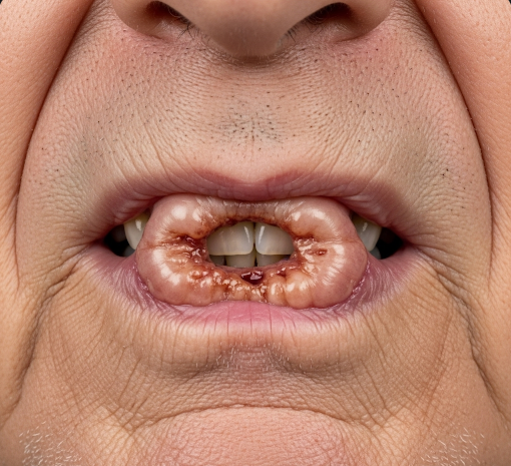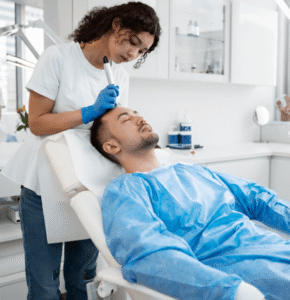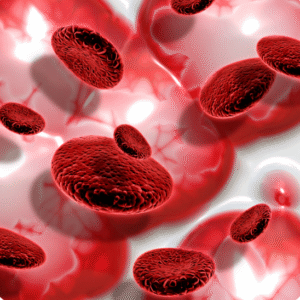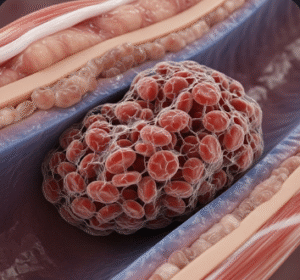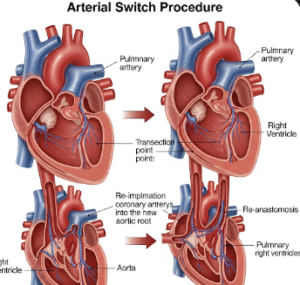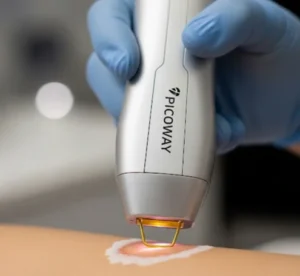Overview
Lip cancer is a type of oral cancer that develops in the tissues of the lips, most commonly on the lower lip. It typically originates from squamous cells and can spread to nearby tissues if untreated. Early diagnosis and treatment improve prognosis and survival rates.
What Is Lip Cancer?
Lip cancer is a malignant growth arising from the cells lining the lips. It often starts as a sore or lump that does not heal and can progress to ulceration and invasion of deeper tissues. It is a subset of head and neck cancers with distinct risk factors and treatment approaches.
Symptoms
- Persistent sore or ulcer on the lip that does not heal
- Lump or thickening of the lip
- Pain or tenderness in the lip area
- Red or white patches on the lip
- Bleeding from the lip lesion
- Difficulty moving the lip or opening the mouth
- Swollen lymph nodes in the neck (in advanced cases)
Causes
- Chronic sun exposure leading to DNA damage in lip cells
- Tobacco use, including smoking and chewing tobacco
- Excessive alcohol consumption
- Human papillomavirus (HPV) infection
- Fair skin and light hair, increasing sun sensitivity
- Immunosuppression
Risk Factors
- Prolonged exposure to ultraviolet (UV) radiation from sunlight
- Tobacco and alcohol use
- Age over 40 years
- Male gender (more common in men)
- History of precancerous lip lesions or other skin cancers
- Occupational exposure to chemicals or radiation
Complications
- Local invasion causing disfigurement
- Spread to lymph nodes and distant organs (metastasis)
- Difficulty eating, speaking, and maintaining oral hygiene
- Recurrence after treatment
- Psychological impact due to facial changes
Prevention
- Avoid excessive sun exposure and use lip balm with SPF protection
- Quit tobacco use and limit alcohol consumption
- Maintain good oral hygiene and regular dental check-ups
- Early evaluation of persistent lip sores or changes
- HPV vaccination may reduce some cancer risks
Treatment Options in Korea
Korea offers advanced, multidisciplinary treatment for lip cancer including:
- Surgery: Removal of the tumor with clear margins; reconstructive surgery to restore lip function and appearance.
- Radiation Therapy: Used as a primary treatment or adjuvant therapy post-surgery to eliminate residual cancer cells.
- Chemotherapy: For advanced or metastatic cases, often combined with radiation.
- Targeted Therapy: Newer drugs targeting specific molecular pathways in cancer cells available in specialized centers.
- Rehabilitation: Speech and swallowing therapy after treatment.
- Psychosocial Support: Counseling and support groups for coping with diagnosis and treatment impact.
Korean medical centers provide personalized treatment plans using the latest technology to maximize cure rates and preserve quality of life.

